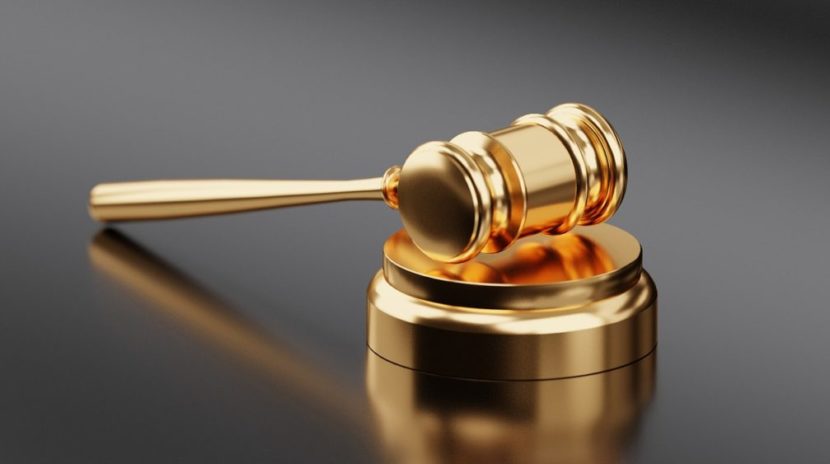Over the years the bulk of my investigative work has been in civil court as opposed to criminal court. However, a few years ago I became involved in several criminal court cases. My assignment was not to investigate the case, but rather, assist in the jury selection process.
The jury selection process has come a long way since the days of Lincoln. Lincoln’s view on jury selection was “No blond blue eyed men”, “No men with high foreheads” and “Larger, younger men only”. Like it or not, jury selection has always been and always will be a very important part of our judicial system.
Today, attorneys rely on expensive trial consulting firms to employ psychology, human intuition and high-tech data analysis to understand not only the jurors, but also the lawyers, witnesses and defendants. The process has been highly dramatized and brought to the mainstream public through the television program “Bull”.
I must admit, I do like the work. It has afforded me the opportunity to observe how the court system works, or doesn’t work. I am fascinated watching juror emotions and how those emotions vary depending upon the courtroom presentation.
The initial part of my task is to provide jury pool background information to facilitate the defense council in his or her questioning of potential jurors during “voir dire”. “Voir dire takes place before the jury is seated. Lawyers question potential jurors to determine if they are biased and/or cannot deal with the case issues fairly, or there is cause not to serve such as acquaintanceship with the parties involved. “Voir dire” also gives the lawyer a feel for one’s personality and likely views. It’s an exciting stage of the trial process and one I find very challenging.
